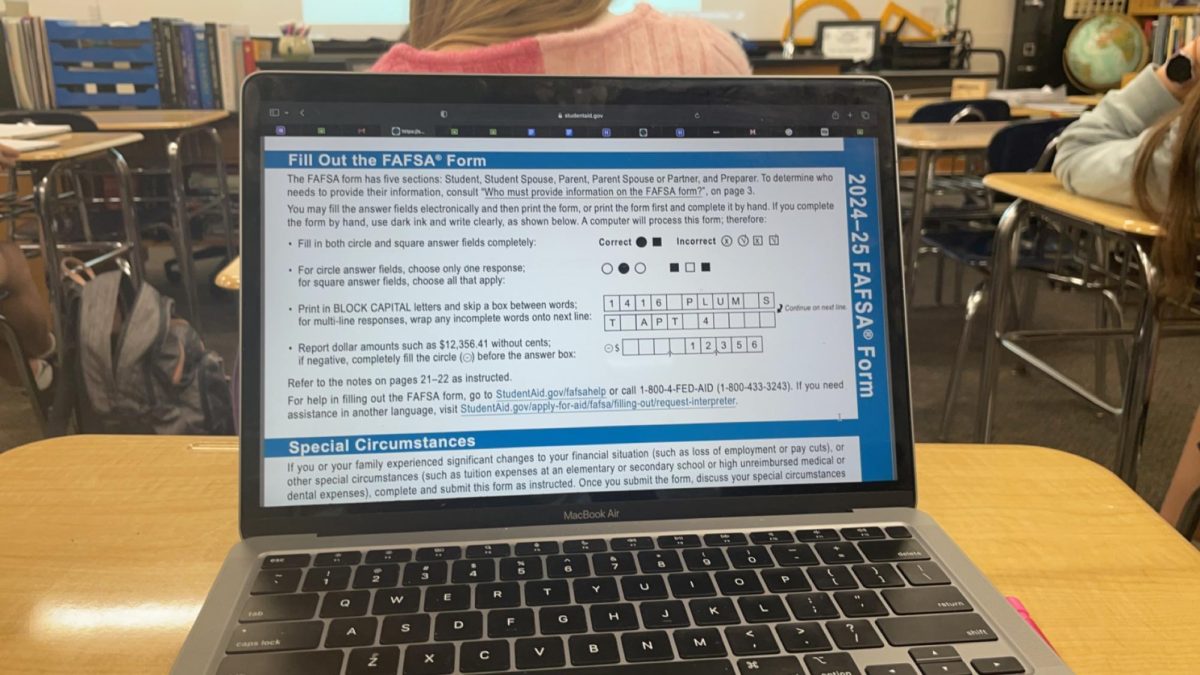
Ameya Menon
FAFSA provides instructions on how to fill out financial aid applications
As many college students went home over the holidays and began the process of completing the FAFSA, families were shocked to see a significant increase in the tuition they were expected to pay.
Free Application for Federal Student Aid, or FAFSA, is a program designed to provide financial aid to college students through federal grants, work-study funds, and loans. By assisting struggling students, FAFSA aims to reduce financial stress off of families and provide better education opportunities for all students.
Starting in 2021, FAFSA decided to make some changes to the system for the graduating class of 2024.
By significantly reducing the number of questions asked on the form and taking more housing specific questions into account, FAFSA hoped to make the process simpler for applicants.
However, these changes had some unexpected consequences and resulted in many unhappy parents.
While FAFSA previously excluded primary residences, small businesses, and family farms from asset calculations, recent changes take these factors into account. Although this helps lower class families receive more aid, many middle class families with these assets are left having to pay more money than they can afford.
Furthermore, these alterations affect many different types of families. When it comes to remarriage, FAFSA’s new changes account for incomes of stepparents, penalizing students who depend on one parent over another.
Even intact families struggle with FAFSA’s new contribution estimations. Rather than splitting up a family’s ability to provide amongst all children, FAFSA calculates Student Aid Index per child by multiplying a family’s maximum ability to provide by the number of children they have, leaving families knee deep in fees.
The old requirements of FAFSA were already problematic to many, and new alterations just made things worse.
Junior Prithikha Paranidharan feels that the system has always been unfair. “Even before these changes, the students that are applying need to show their documentation that verifies he/she is a US citizen. By doing this it affects the people that were not born in the US who will therefore not be able to get the financial aid that they strive for,” Paranidharan said.
Junior Laura Chen has some similar viewpoints. “The new version of the FAFSA is, obviously, an attempt at improvement. However, it seems to penalize the wrong groups and miscalculate the true wealth of households. Small businesses and farms, for example, do necessarily signify great wealth. The owning of land does not translate to a the ability to pay tuition,” she said.
As families struggle with the mess Congress has made out of FAFSA, the Education Department is left having to pay $1.8 billion toward reparations, leaving financial aid officials shocked and with no exact timeline for the fix, and the US Department of Education hurrying to make amends before the public starts to take action.
